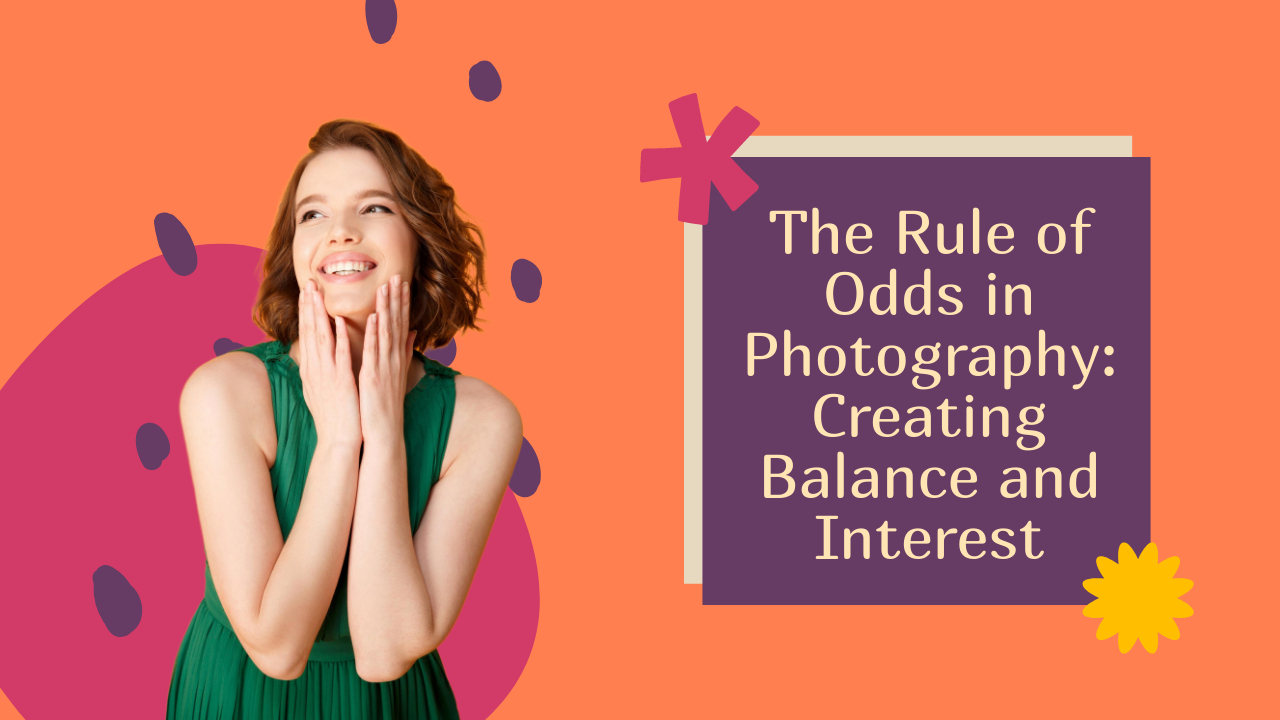The Rule of Odds in Photography: Creating Balance and Interest
Introduction
The Rule of Odds is a compositional guideline widely used in photography to create visually appealing and balanced images. It suggests that an odd number of subjects in a frame is more visually appealing than an even number. While the rule is not a strict requirement, understanding and applying it can significantly enhance the impact of your photographs. In this article, we will delve into the origins of the Rule of Odds in Photography, its psychological effects on the viewer, and practical tips for incorporating it into your photography.
Origins of the Rule of Odds
The Rule of Odds has its roots in art and design principles that date back centuries. Artists and designers have long recognized the inherent balance and harmony created by odd numbers. This principle is believed to be more visually pleasing because it avoids symmetry, which can sometimes feel static and uninteresting. By introducing an odd number of elements, the composition becomes more dynamic and engaging.
Psychological Impact
Understanding the psychological impact of the Rule of Odds is essential for photographers seeking to evoke specific emotions in their viewers. The human brain is wired to seek patterns and symmetry, but it also craves variety and interest. When presented with an odd number of subjects, the viewer’s eyes are naturally drawn to explore the scene more thoroughly. This engagement can lead to a deeper connection with the photograph and a more memorable viewing experience.
Practical tips for applying the rule of odds
Group Portraits
When capturing group portraits, consider arranging the subjects in threes or fives rather than twos or fours. This can create a more balanced and visually pleasing composition. Experiment with different poses and arrangements to find the most effective configuration for your specific setting.
Still Life Photography
In still life photography, such as capturing arrangements of objects, use an odd number of items to add interest and balance. This can be particularly effective when shooting subjects like flowers, where an odd number of petals or stems can create a harmonious composition in photography.
Landscape Photography
When photographing landscapes, consider including an odd number of focal points or elements of interest. This could be a group of three trees, five rocks, or any other natural elements that contribute to the overall composition. This approach can help guide the viewer’s eye through the scene, creating a more engaging experience.
Candid Moments
In street photography or capturing candid moments, look for scenes with an odd number of people or subjects. This can add a sense of spontaneity and balance to the composition, making the image more visually appealing.
Rule of Odds in Post-Processing
While composing your shot, keep in mind that the Rule of Odds extends to post-processing as well. When cropping or adjusting your image, try to maintain an odd number of subjects to preserve the balance and visual harmony you initially intended.
Conclusion
The Rule of Odds is a valuable tool for photographers seeking to create visually appealing and well-balanced compositions. While not a strict rule, understanding the psychological impact of odd numbers can guide your creative choices and enhance the overall impact of your photographs.
Experiment with incorporating the Rule of Odds in different genres of photography, and observe how it can add depth and interest to your visual storytelling.

















